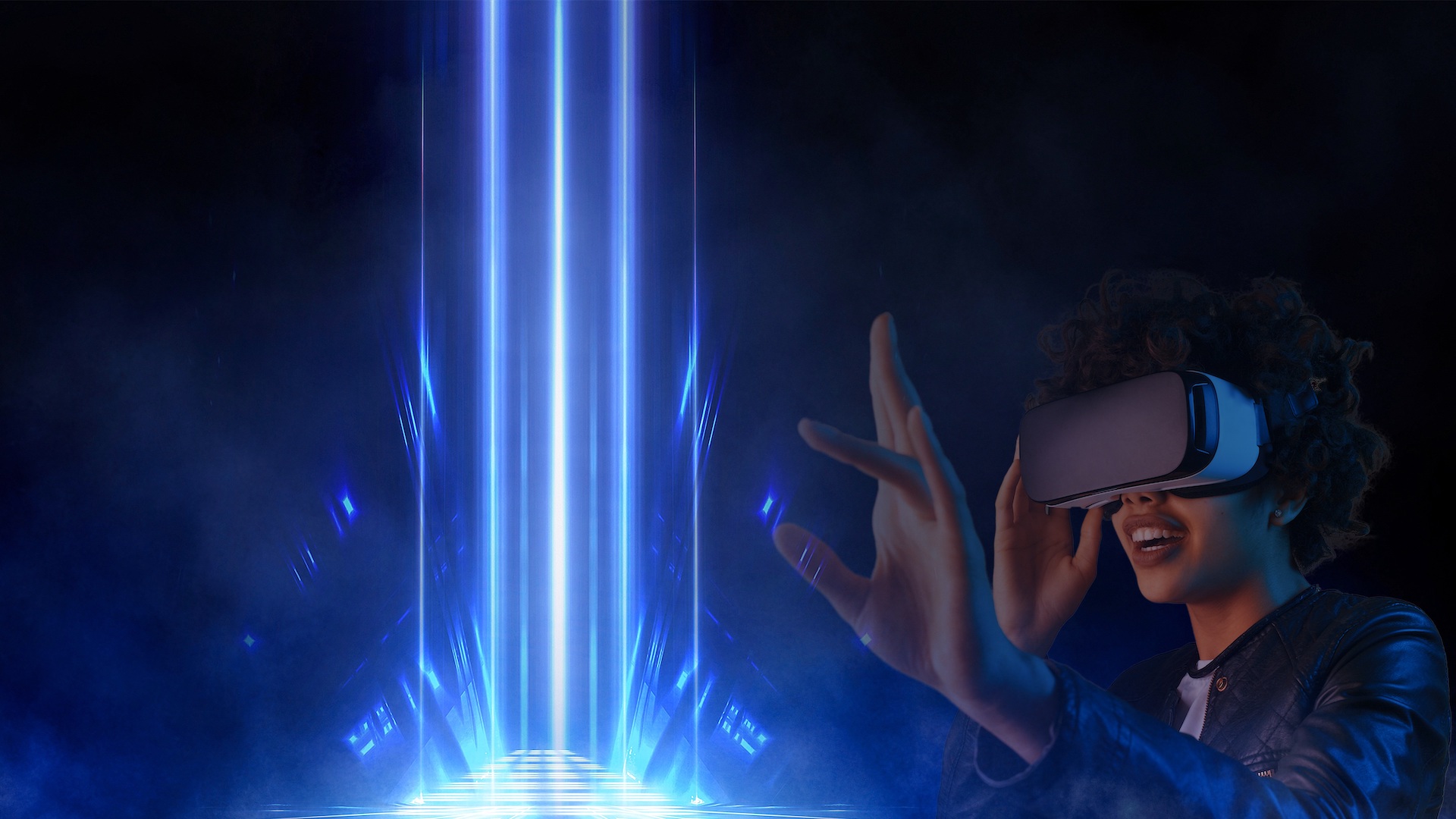The VR software landscape
Tutorial
·
Beginner
·
+10XP
·
20 mins
·
(18)
Unity Technologies

If you’re not an active user of a particular medium, you’ll have difficulty designing effective experiences for that medium. You are much better positioned to create comfortable, intuitive experiences when you are very familiar with the medium you’re designing for.
In this tutorial, you will do the following things:
- Familiarize yourself with a wide range of typical VR experiences
- Learn about the advantages and disadvantages of VR, compared to traditional screen-based experiences
- Learn what makes for effective VR experiences
1. Overview
Before you can become an expert in VR development, you should first get familiar with the VR landscape: what’s already out there in the wide world of VR?
In this tutorial, you will explore common categories of VR applications and learn what works and what doesn’t in virtual reality.
2. What makes for a great VR experience?
Of all the different ways to experience media, VR is probably the most immersive. When you’re in a well designed VR experience, you really feel like you’re in the virtual environment.
Hear from our established creators on what makes for a great VR experience:
3. Explore the VR landscape
Rather than trying to describe this multidimensional, multi-sensory experience through 2D black-and-white text, you should just check it out for yourself!
If you don't have access to a headset, you can still get a good idea of the range of VR experiences through trailers and screenshots.
Browse through the experiences below and consider how these experiences would be different if they were done on traditional screen-based platforms like desktop, console, or mobile. Try to look into at least one example from each category.
Games
- Rhythm games like Beat Saber
- Puzzle games like The Room VR: A Dark Matter
- Simulation games like Job Simulator
- Action games like Super Hot
Education
- Historical scenes like Anne Frank House VR
- Science experiences like Mission: ISS
- Travel and discovery like National Geographic: Explore VR
- Immersive storytelling like St. Jude Hall of Heroes
Physical and mental health
- Workout apps like Supernatural
- Reaction time training like Reakt Performance Trainer
- Relaxation and focus like Guided Tai Chi
- Meditation apps like Tripp
Design
- 3D painting like Tilt Brush
- 3D prototyping like Gravity Sketch
- 3D sculpting like SculptrVR
Productivity and Collaboration
- Meeting apps like Horizon Workrooms
- Workstation apps like Virtual Desktop
- Collaborative prototyping like ShapesXR
Social
- Multiplayer games like Rec Room
- Social meetup apps like AltSpace
- VR events like Horizon Venues
Professional training
- Technical skills training like Oxford Medical Simulations
- Sports training like Strivr Sports
- Soft skills training like Active listening or Interview simulations
If you do have access to a VR headset, you can also go to your headset’s store page (Oculus or Steam), and sort the results to show only free applications. A lot of apps will have limited free demos, which allow you to experience a wide range of experiences without spending a lot of money.
4. What’s so great about developing for VR?
When you experience something in VR, your brain responds as if you’ve experienced it physically – this is very different from experiencing something on a two-dimensional screen. So, for example, if you did a VR experience where you were walking on a narrow plank hundreds of feet up, your brain would respond as if you were really doing that. As proof of this, check out a trailer for Richie’s Plank Experience.
One of the primary goals of VR development is to generate a feeling of presence in users: to have your users feel that they really are there on a subconscious level. As a designer of immersive experiences, this can be a very exciting prospect. You can transport and connect with your users in a way that is impossible with traditional screen-based media. With VR, you can create more powerful, memorable, and exciting experiences for your audience.
Just listen to some of our established creators discuss what they find special about VR experiences:
As VR headsets become more widely available, people have begun to use this technology to connect in virtual worlds, meet up with friends or colleagues worldwide, attend concerts, and shop. This network of shared, virtual environments is sometimes called the Metaverse.
As a result of this explosion in technology, it is a particularly exciting time to learn how to develop experiences for this medium.
5. The limitations of VR
Although there is a lot of promise for VR, there are also significant limitations.
Comfort
It can feel exhausting to wear a VR headset for an extended period due to its weight, discomfort caused by the strap, and eyestrain from proximity to the screens. Also, many users report feelings of motion sickness, even after only short periods.
Space requirement
VR often requires a sizable unobstructed area, which is not an option for everyone. Most VR designers account for this and ensure their apps are usable in a stationary, seated environment.
Isolation
Because of the immersive and physical nature of VR, you cannot do it while doing something else, even something like drinking a glass of water. You are more cut off and isolated from the world and people immediately around you, which makes it more difficult to experience VR with people in the same physical space.
Cost
Finally, HMDs are still fairly expensive and therefore inaccessible for many people.
6. Next steps
You should now understand what’s currently popular in VR and have some ideas about the opportunities and limitations associated with developing for VR. Next, you’ll apply that knowledge as you come up with a concept for your own unique personal VR project.